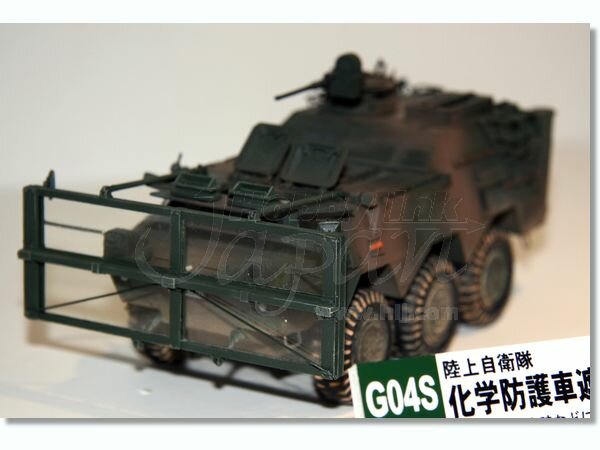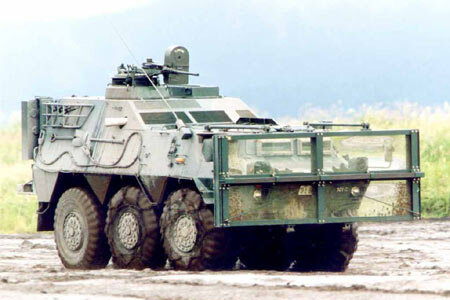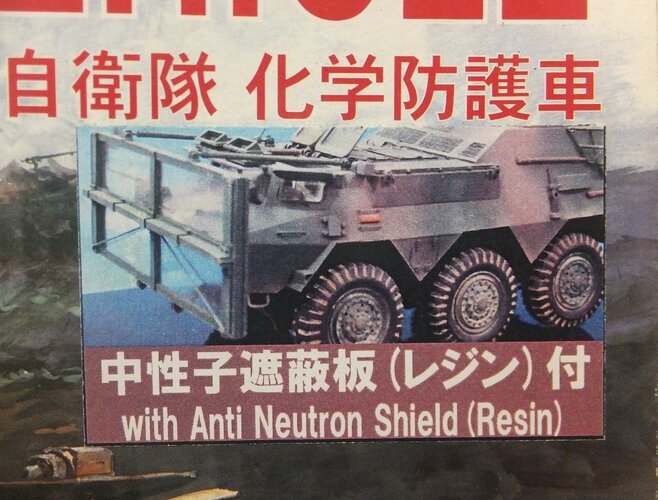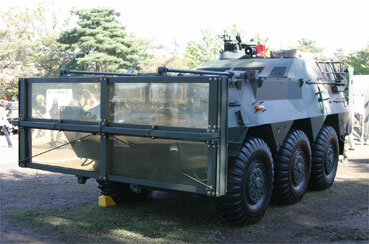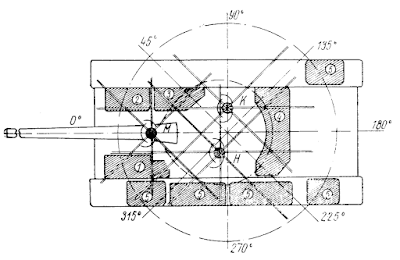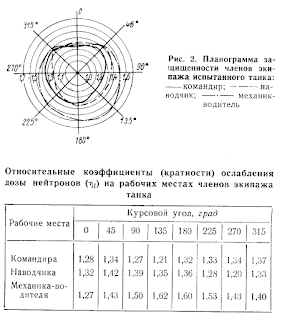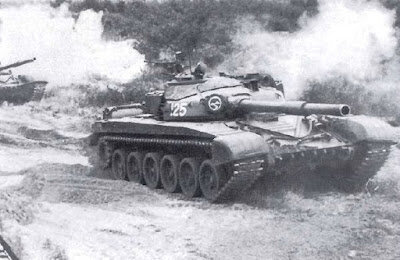XM28
ACCESS: Restricted
- Joined
- 7 July 2024
- Messages
- 5
- Reaction score
- 5
While looking for a new armor model kit I found a NBC variant of the JGSDF Type 82 command vehicle that had what the box termed as a "anti-neutron shield". Curious, I then found other images from the early 2000s of it on the vehicle. I'm curious if anyone has any further information on the how's and why's of this device?
Based on my limited CBRN training I'm assuming the clear parts are a borated or leaded clear plastic. I heave heard about the Soviet tank models with neutron shielding (Nalboi I think they called it) and in many tests they found the roof of the vehicle was the weak point for neutron exposure, though that could be that there was such heavy armor upfront that it wasn't needed or material was sandwiched in. There also appears to be a secondary cover over the already limited closed areas of the viewports. I'd imagine this was not meant for long marches.
Any info is appreciated




Based on my limited CBRN training I'm assuming the clear parts are a borated or leaded clear plastic. I heave heard about the Soviet tank models with neutron shielding (Nalboi I think they called it) and in many tests they found the roof of the vehicle was the weak point for neutron exposure, though that could be that there was such heavy armor upfront that it wasn't needed or material was sandwiched in. There also appears to be a secondary cover over the already limited closed areas of the viewports. I'd imagine this was not meant for long marches.
Any info is appreciated
